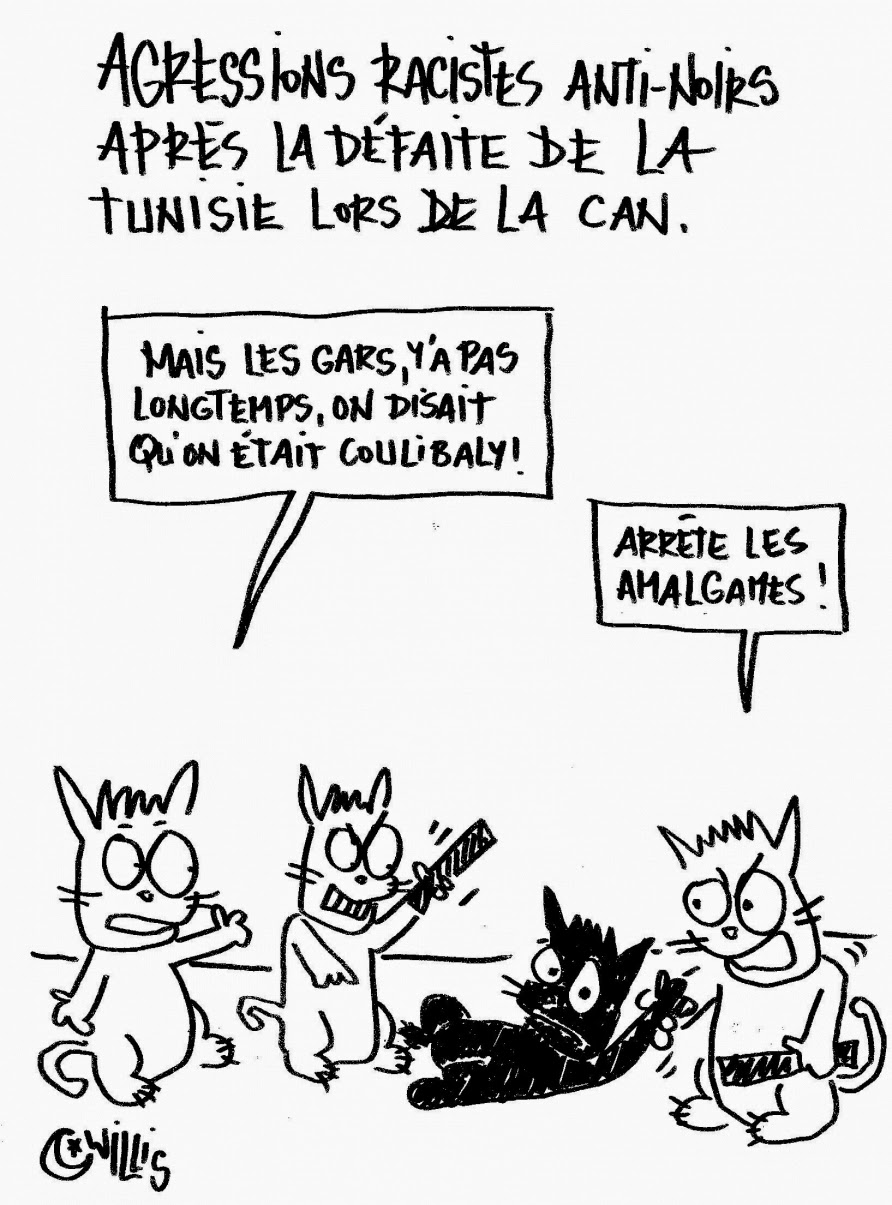The Anatomy of Verbally Assaulting a Cartoonist
As per the Anatomia Cartooniensa, the Anatomy of the Next Verbal Assault on a Cartoonist shall look as follows:
 |
| Peter Klæstrup, Corsaren, No. 325, December 11, 1846. |
Sorry, that was a portrait of Censor Reiersen from 1846, yet oddly that is precisely how it shall look. We know the chance will be grabbed to make headlines of the one cartoon, declaring it to be a major problem to society; to a degree even that it borders the territory of treason. It shall be no difference whether it is drawn in Turkey, Ecuador or in Denmark. The word censorship shall be drowned in noise turning the interest away from the one drawn to the one, who drew it.
Just as we know the structure of the argumentation, we shall know the how and the why: It shall be a true to life face of a politician shown in a situation with which he or she do not wish to be associated.
So let us turn the focus back to the noisemaker in the first place and his or her fear of being exposed:
 |
| Peter Klæstrup, Corsaren, No 316, October 9, 1846. |
No, we are not endorsing violence on this blog. Instead, let us go back to when Censor Reiersen was in office. There was a striking amount of gallows on the pages of the satirical weeklies. In 1852 the weekly Folkets Nisse took up an idea proposed by a political adversary on placing the Danish ministers within the one and same frame. Peter Klæstrup drew a line of fine portraits, who can all be easily detected and named to this day:
 |
| Peter Klæstrup in Folkets Nisse, No. 50, February 21, 1850. The cartoon ends a bit abruptly to the right, there was not enough room for the cartoon on the wood block in the printing process. |
The constancy of gallows drawn was a humorous warning to respect the laws and intention of democracy; otherwise a revolution might take place.
Paris had witnessed one only two years prior to the cartoon above. It never happened here, nor was it in any way close to take place, but the gallows was applied as a healthy reminder to the politicians to stay on the tracks of the newly won democracy.
There are of course certain manners of visual communication, which lose their meaning over time and gallows would be seen in a much more personalized light, had they been drawn in Denmark today. They would even be willfully misunderstood, as we saw it recently from the scream and shout-segment.
Instead, let the politicians of today bear in mind to respect democracy and along with it the works of the cartoonists, since one day this is how they too shall be remembered.
 |
| Peter Klæstrup, Corsaren, No, 279, January 23, 1846 Klæstrup visualizing the old motto of a governor general: "Better to be seen than to be!" |

